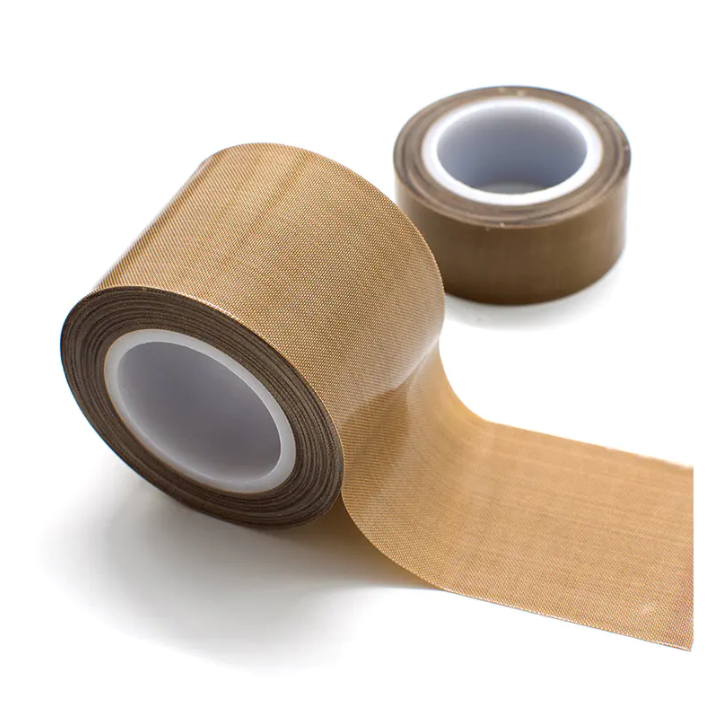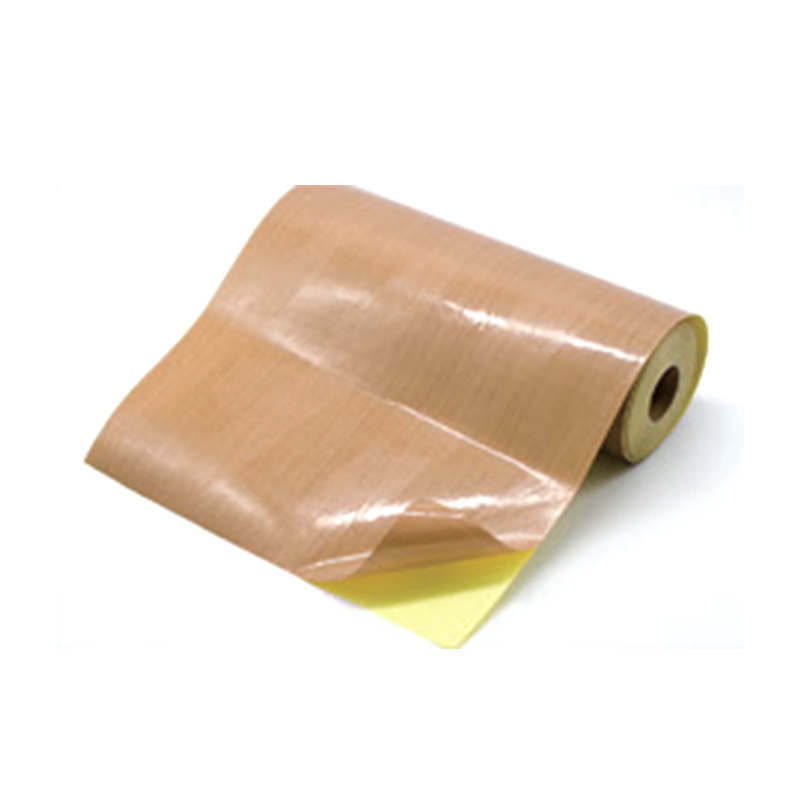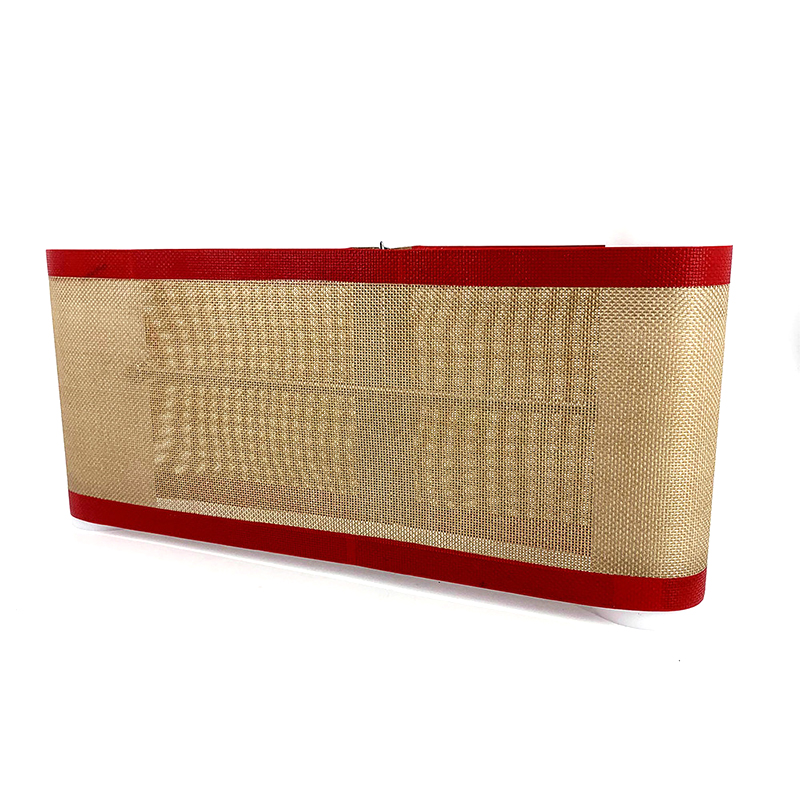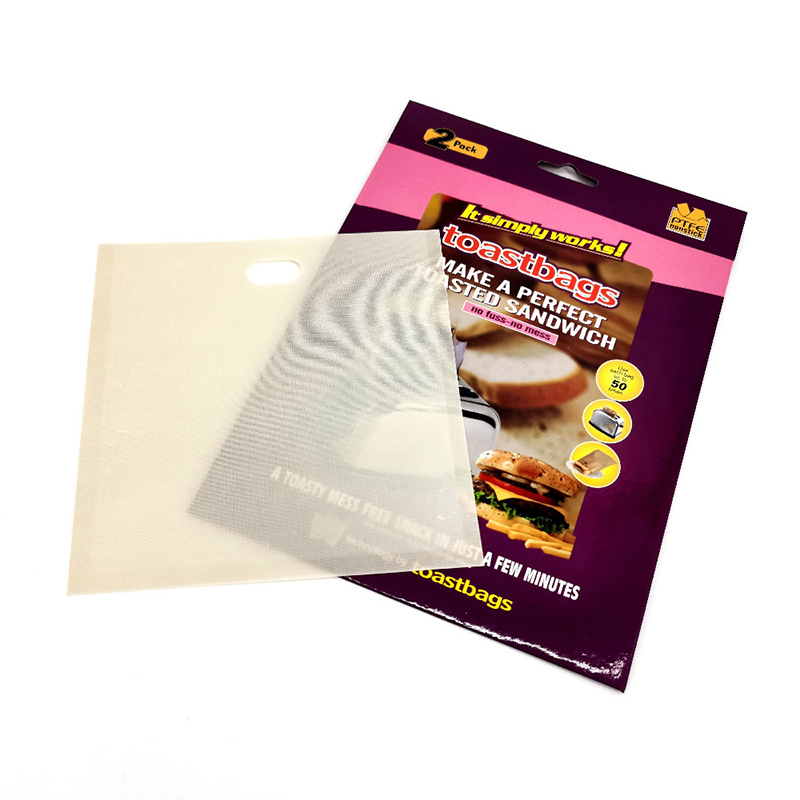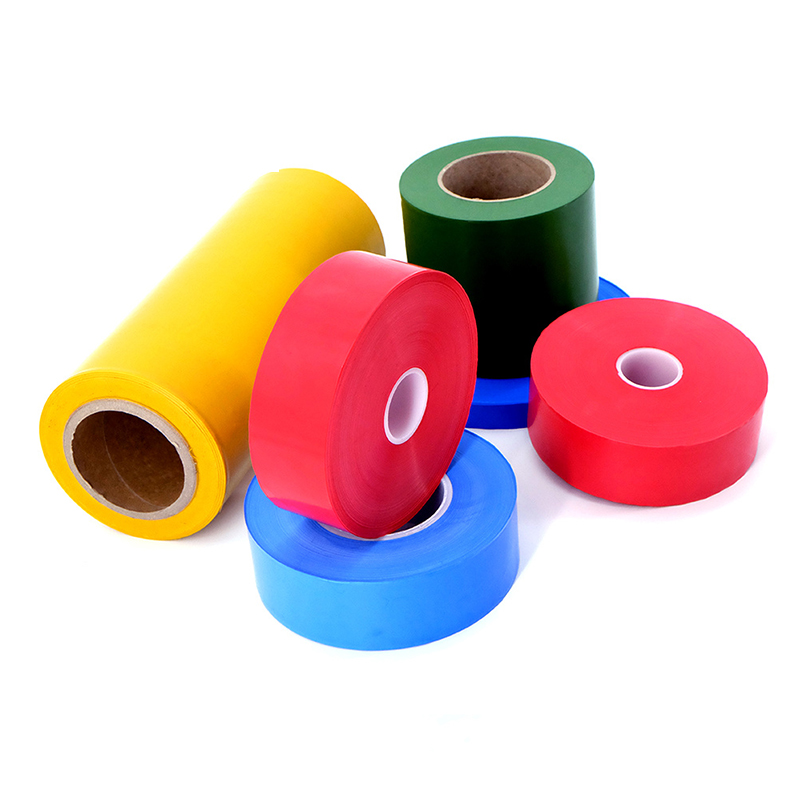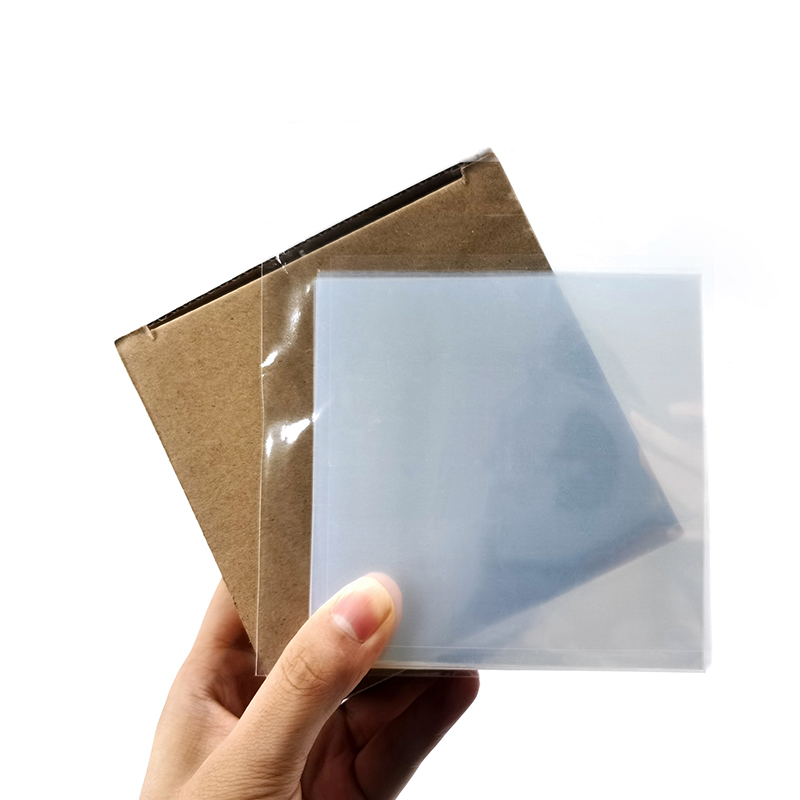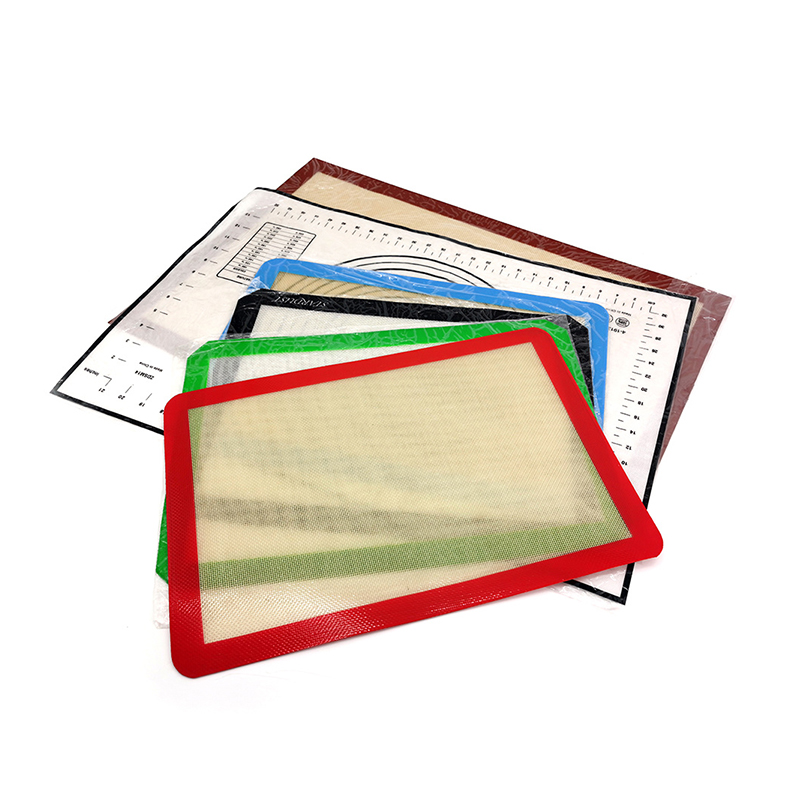How Teflon Film Tape Enhances Performance in High-Temperature Environments
Understanding Teflon Film Tape: What It Is and Why It Matters
What Is Teflon (PTFE) Film Tape?
Teflon Film Tape, often made from PTFE (polytetrafluoroethylene), is a specialized tape that combines a thin, flexible film substrate with a high-temperature adhesive backing. Unlike conventional tapes, this tape provides outstanding heat resistance, chemical inertness, and non-stick performance. These characteristics make it indispensable in industrial contexts where materials must endure extreme thermal conditions, resist chemical attack, and maintain a stable release surface.
- PTFE backbone provides excellent dimensional stability even at elevated temperatures.
- The adhesive layer is typically silicone-based or acrylic, depending on usage requirements.
- Teflon film tape does not degrade or bond to most substances, making it ideal for non-stick applications.
Key Properties of Teflon Film Tape
To fully appreciate how Teflon Film Tape enhances performance, it’s essential to understand its core properties. These properties explain why this tape is preferred in harsh environments and complex industrial settings.
Thermal Stability
One of the most critical features of Teflon film tape is its remarkable thermal stability. Many PTFE tapes can operate in a wide temperature range, enduring continuous exposure to high heat without melting, decomposing, or losing adhesive strength.
- Continuous temperature withstand may reach up to 260 °C (500 °F). :contentReference[oaicite:0]{index=0}
- Short-term peaks can tolerate even higher temperatures, depending on the specific tape formulation. :contentReference[oaicite:1]{index=1}
- Maintains structural integrity and does not deform or shrink under heat stress.
Low Friction / Non-stick Behavior
The non-stick surface of Teflon film tape is derived from the low surface energy of PTFE. This allows materials to easily release from the surface, reducing residue buildup and improving operational efficiency.
- Exceptional release performance prevents sticky substances from adhering.
- Ideal for processes where clean surfaces are critical, such as heat sealing or packaging.
- Decreases friction, which can enhance throughput in continuous or high-speed manufacturing.
C hemical Resistance
PTFE is chemically inert, resisting attack from a broad spectrum of chemicals — acids, bases, solvents, and even aggressive reagents. This chemical inertness helps Teflon film tape maintain performance in environments where ordinary tapes would degrade.
- Resistant to strong acids, alkalis, and organic solvents. :contentReference[oaicite:2]{index=2}
- Non-toxic and stable; it does not off-gas or react under typical industrial conditions.
- Maintains electrical insulation properties even when exposed to corrosive materials.
Electrical Insulation
Another valuable attribute of Teflon Film Tape is its high dielectric strength. This makes it suitable for electrical and electronic applications, particularly in high-temperature or high-voltage settings.
- Low dielectric constant and tangent loss, which means good insulation performance. :contentReference[oaicite:3]{index=3}
- Effective in protecting wires, coils, and other components from short-circuit risks.
- Stable over a wide temperature range, maintaining insulation even under thermal stress.
The Role of High Temperature PTFE Film Tape in Industrial Applications
Applications in Heat Sealing Processes
One of the most common uses of high temperature PTFE film tape is in heat sealing equipment. In industries like packaging, plastics, and medical products, heat sealers rely on non-stick, durable tape to prevent the sealing elements from sticking, overheating, or degrading. Without a proper PTFE tape, sealing surfaces could accumulate residue, which reduces seal quality and shortens the life of the machinery.
- Tape is applied directly to heat bars or wires to provide a smooth, non-stick release surface.
- Repeated thermal cycles do not damage the tape, enabling long-term operation.
- Ensures clean, consistent seals, which is crucial for product integrity and safety.
Use on Conveyor Belts and Moving Surfaces
In many manufacturing environments, PTFE film tape for conveyor belts is used to line moving surfaces. Because of the tape’s low friction, it reduces wear and tear on both the substrate and the transported materials. This is particularly beneficial in processes where sticky or tacky substances are handled, such as adhesives, inks, or molten polymers.
- Applied to rollers or platen surfaces to provide a release layer.
- Reduces mechanical resistance, enabling smoother movement and lower energy consumption.
- Helps prevent product buildup, minimizing production downtime and maintenance.
Insulation and Electrical Applications in High-Heat Zones
Because of its excellent dielectric properties, Teflon Film Tape is often used for insulation in high-heat electrical systems. It can wrap around coils, insulate windings, or protect components from high-temperature degradation. This makes it highly valuable in industries such as power generation, transformers, and high-frequency electronics.
- Provides electrical insulation even at elevated operational temperatures.
- Maintains mechanical stability, preventing sagging or breakdown under heat stress.
- Resists chemical corrosion, making it reliable in chemically aggressive or humid environments.
Comparing Teflon Film Tape Variants: Adhesive Types & Performance
Silicone Adhesive vs Acrylic Adhesive
Not all Teflon film tapes are created equal. A key differentiator lies in the type of adhesive used. High temperature resistant Teflon adhesive tape typically comes in two common adhesive types: silicone and acrylic. Each type offers distinct benefits and trade-offs depending on temperature needs, bonding strength, and application requirements.
- Silicone adhesive: Excellent for high-temperature performance (often up to ~260 °C), flexible, and maintains adhesion under thermal cycling.
- Acrylic adhesive: Provides stronger bond at lower to moderate temperature, but may degrade earlier in extreme heat.
- The choice depends on the specific use case — if your application involves sustained high heat, silicone-based PTFE tape typically performs better; if adhesion is more important at moderate temps, acrylic may suffice.
| Adhesive Type | Temperature Range | Bond Strength | Best for |
| Silicone | Up to ~260 °C | Moderate | Extreme heat cycling, high-temp sealing |
| Acrylic | Up to ~170–200 °C | High | Bonding strength, moderate thermal applications |
Reinforced vs Non-Reinforced PTFE Film Tape
Another important variant in the world of Teflon film tape is whether the tape is reinforced. Reinforcement typically comes from fiberglass or glass-fiber scrim, which enhances mechanical strength, dimensional stability, and durability—but at the cost of some flexibility.
- Reinforced PTFE tape: Includes a woven or scrim core, ideal for high-stress or abrasive environments.
- Non-reinforced PTFE tape: Pure film, more flexible, easier to conform to irregular shapes.
- The correct choice depends on the load, stress, and surface shape in your application.
Choosing the Right Tape for Your Use Case
When selecting a Teflon film tape, especially for high-temperature applications, it’s essential to match the tape’s physical and chemical properties with your operational needs. Here’s a decision-making framework:
- Evaluate the maximum operating temperature of your system — choose silicone-based tape for very high heat.
- Assess mechanical stress — if the tape covers a roller or conveyor under load, consider reinforced variants.
- Consider adhesion needs — use acrylic adhesive when you need a stronger initial stick.
- Check chemical exposure — if the tape could contact aggressive substances, confirm chemical resistance specs.
- Factor in maintenance cycles — easier-to-peel, non-stick tapes may save replacement time.
Benefits of Using High Temperature Resistant Teflon Adhesive Tape
Extended Lifespan and Durability Under Heat
One of the most compelling advantages of using high temperature resistant Teflon adhesive tape is its longevity. Because of the inherent stability of PTFE and the durability of high-grade adhesives, this tape can operate through countless thermal cycles without significant degradation. This longevity reduces replacement frequency and total cost of ownership.
- Resists thermal breakdown even in continuous high-heat operations.
- Maintains structural and adhesive integrity over long-term use.
- Minimizes downtime for reapplication or maintenance.
Reduced Maintenance and Downtime
By incorporating Teflon film tape into processes like heat sealing or conveyor operations, companies can reduce maintenance needs. Its non-stick surface prevents buildup and contamination, which means fewer stops to clean or replace parts. Less downtime directly translates to improved productivity and cost savings.
- Non-stick surface avoids material sticking and residue accumulation.
- Long service life means less frequent reapplication.
- Consistent performance reduces the risk of unexpected failures.
Efficiency Gains in Manufacturing and Packaging
Efficiency is another key benefit. When heat sealing or other thermal processes run smoothly thanks to a reliable non stick PTFE tape for packaging machine, production rates can increase. The tape ensures fast, clean release and stable performance, translating directly into throughput and yield improvements.
- Faster sealing cycles due to minimal sticking.
- Improved consistency in product quality (fewer rejects or malformed seals).
- Less waste and fewer rework cycles, improving overall output.
Application Tips: How to Install and Maintain PTFE Tape for Best Performance
Surface Preparation Before Application
Proper installation of PTFE film tape begins with excellent surface preparation. Even the most advanced tape will fail prematurely if applied to dirty or poorly prepared substrates. Taking time to clean and prime surfaces can dramatically extend the tape’s functional life.
- Clean the surface thoroughly to remove dust, grease, and residues.
- Use solvents compatible with PTFE if needed, but ensure the surface is fully dry before applying the tape.
- Roughen very smooth or polished surfaces slightly (if permissible) to improve initial adhesive grip.
- Ensure the substrate is dimensionally stable and free of vibration or movement before applying the tape.
Best Practices in Applying Film Tape
Once the surface is ready, proper application technique ensures long-term performance. Whether installing high temperature PTFE film tape on a heat sealer or a conveyor, following some key steps helps maximize adhesion and function.
- Align the tape carefully to avoid wrinkles or air bubbles.
- Apply pressure during installation—use a roller or soft tool to press the tape firmly.
- Start from one end and work toward the other, ensuring uniform contact.
- Avoid stretching the tape excessively—allow it to lay naturally to prevent stress on the adhesive.
Monitoring Wear and Replacement Guidelines
Even with its high performance, Teflon film tape will eventually show signs of wear, especially in high-stress, high-temperature contexts. A maintenance plan for inspection, wear monitoring, and timely replacement is vital to sustaining performance.
- Inspect the tape periodically for discoloration, peeling, or degradation.
- Monitor the process output—if sealing quality drops or friction increases, the tape may need replacing.
- Maintain a stock of replacement tape to minimize downtime when it's time to swap out old strips.
- Document the tape’s service life under your specific operating conditions to better predict replacement intervals.
Real-World Use Case: PTFE Film Tape for Packaging Machines
Why Non-Stick PTFE Tape Is Ideal for Sealing Elements
In packaging machines—especially heat sealers—stickiness on the sealing bars can severely impair performance. Using PTFE Teflon release tape for heat sealing helps maintain clean, effective sealing by ensuring that melted plastics or films don’t bond to the sealing elements. This enhances seal integrity and reduces the need for frequent cleaning or downtime.
- The non-stick surface allows sealed bags or pouches to release cleanly.
- The tape endures repeated thermal cycles without degrading or peeling.
- It helps maintain consistent seal strength, improving packaging reliability.
Performance Metrics and Cost-Saving Impacts
When integrated correctly, non stick PTFE tape for packaging machine can lead to measurable cost savings. The payoff comes from reduced maintenance, increased uptime, and longer service intervals. Many operations report fewer seal failures, less scrap, and lower labor costs for cleaning and reapplication.
- Reduced downtime translates into higher throughput and better output efficiency.
- Less frequent replacement lowers material costs over time.
- Improved seal consistency decreases waste and defect rates.
Troubleshooting Common Issues
Even the best tape can face issues if not managed properly. Here are common problems and how to address them when using Teflon Film Tape in packaging machines:
- Peeled edges or lifts: Ensure surface was clean and properly prepped; apply tape with pressure and avoid stretching.
- Residue on seal bars: Replace tape if it’s worn or losing its non-stick property.
- Poor seal quality: Check that the tape type (especially adhesive) suits your operating temperature.
- Short service life: Monitor usage, document cycles, and revise your replacement schedule accordingly.
FAQ
What maximum temperature can Teflon film tape withstand?
The maximum temperature tolerance of Teflon Film Tape depends on its formulation. Many high temperature PTFE film tape products can operate continuously at around 260 °C (500 °F). :contentReference[oaicite:4]{index=4} However, this depends on factors like the adhesive type (silicone vs acrylic), reinforcing materials, and whether the application involves thermal cycling. For short-term peaks, certain PTFE tapes can handle even higher temperatures, but long-term exposure usually aligns with the rated continuous temperature.
How do I choose between silicone and acrylic adhesive for PTFE Teflon tape?
Choosing between silicone-backed and acrylic-backed PTFE Teflon tape comes down to a balance of temperature, bond strength, and application demands:
- Silicone adhesive: Best for prolonged high-temperature exposure (e.g., sustained heat sealing, high-temp ovens). Maintains adhesion under thermal cycling, though initial tack may be moderate.
- Acrylic adhesive: Provides stronger initial bonding at lower to moderate temperatures, but may degrade earlier if exposed to very high heat.
- Consider your needs: If you require exceptional heat resistance and long service life under stress, silicone-based tape is likely your best choice.
Is reinforced PTFE film tape necessary for conveyor or roller applications?
Whether you need reinforced PTFE film tape depends on the mechanical stress and abrasion in your setup. Reinforced tape (often with a fiberglass scrim) offers higher tensile strength and dimensional stability, which is beneficial for:
- Heavy-duty conveyors or rollers where there is constant friction.
- Applications with repeated mechanical load or impact.
- Environments where minimizing tape elongation is critical to maintain precision.
- If your surfaces are lightly loaded or you need maximum flexibility, non-reinforced tape may suffice.
Can non-stick PTFE tape help reduce maintenance in packaging machines?
Absolutely. Using non stick PTFE tape for packaging machine sealing elements significantly lowers maintenance burdens. The tape’s low-friction, non-stick nature helps prevent plastic or film from adhering to the seal bar, which means less frequent cleaning, fewer manual interventions, and reduced downtime. Over time, this not only improves productivity but also lowers costs related to labor and materials. By selecting a tape suited to your operating temperatures and cycling demands, you can optimize longevity and minimize disruptions in packaging workflows.



 English
English Español
Español русский
русский
